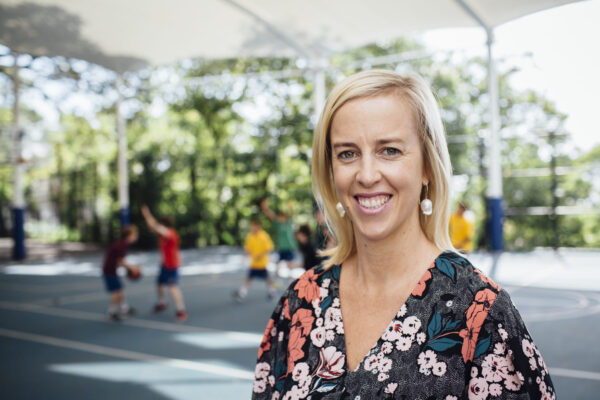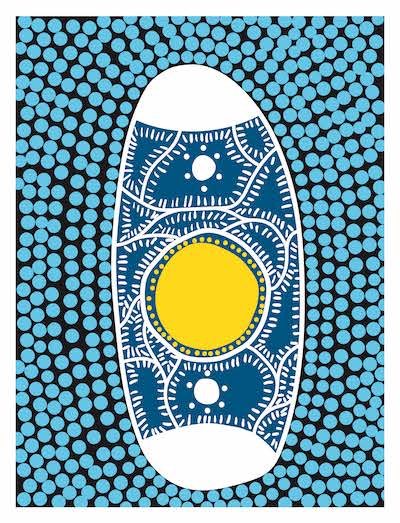
Deputy Principal - Students, Ms Gabby Smith
Worry Stacking
Our emotions are physical and mental states that communicate with us a range of information which naturally guides our behaviours and reactions. We all feel a range of different emotions each day and sometimes these emotions are more obvious or heightened than other days. Despite the intensity, our emotions are extremely important for our survival and wellbeing. But what happens when our emotions seem to get the better of us – or our children?
Worry Stacking is a term used by Dr Justin Coulson from Happy Families, a parenting expert from ‘Parental Guidance’. According to Justin, worry stacking happens when a seemingly trivial or small incident results in a huge emotional reaction from our children. In the moment, we may be alarmed and confused by our child’s emotional reaction, but in retrospect, the reaction may not be excessive as once perceived. Namely, our children may have experienced multiple worries that have added up to the crisis point – the straw that broke the camel’s back! “A lost school hat can quite literally feel like life or death”.

Image 1 – reference: Dr Justin Coulson, Worry Stacking, Happy Families
Justin goes onto say that to help our children (and ourselves), we can intervene sooner when the smaller issues arise to avoid this seemingly quick escalation. It may look a little something like this:

Image 2 – reference: Dr Justin Coulson, Worry Stacking, Happy Families
How can we help our children to learn to help themselves? Lots of ways! Arguably, the most important way is spending time building and maintaining a secure connection with your child, which is much easier to action when they are feeling calm and more like their usual self.
Connection
We all want to be heard and listened to, especially when we are having a hard day. However, often when our children are in distress, we want to ‘fix’ the situation for them sooner rather than later – this is a natural response! This approach however devalues the importance of listening actively and validating what is going on in your child’s internal world.
A strong connection requires judgemental-free listening as well as acknowledging your child’s feelings; this shows them that you know what they are upset about and are here to be with them during tricky times.
Practically, this may look like spending time together frequently in a distraction-free setting, saying ‘I love you’ often, creating fun and regular parent-child traditions, and even eating breakfast or dinner together. The more positive time spent together, the more your child will feel safe to share the not-so-fun parts about life and the more fruitful and trusting the relationship becomes.
Dr Justin Coulson recommends further tips on how to push the reset button to help our children. His e-book, Worry Stacking, is available free of charge on the HappyFamilies website for a limited time.
Access the Worry Stacking Resource HERE.
If you think your child may need some extra support in managing their emotions, our Psychology team information is listed below.
Junior School Psychologists:
- Ms Alexsandra McCredie (Year 5 students) amccredie@waverley.nsw.edu.au
- Ms Dawn Young (Year 6 students) dyoung@waverley.nsw.edu.au
Senior School Psychologists:
- Ms Samantha Jessen (Lacey, Quinn, Conlon and Green House students) sjessen@waverley.nsw.edu.au
- Mr Greg Cameron (O’Connor, Brennan and Aungier House students) gcameron@waverley.nsw.edu.au
- Ms Olivia Stelling (Tevlin House students) ostelling@waverley.nsw.edu.au



